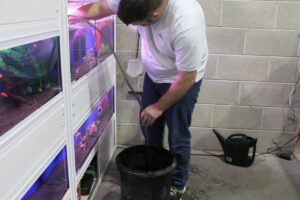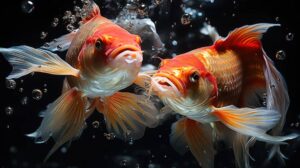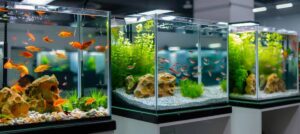The Pets Care Blog
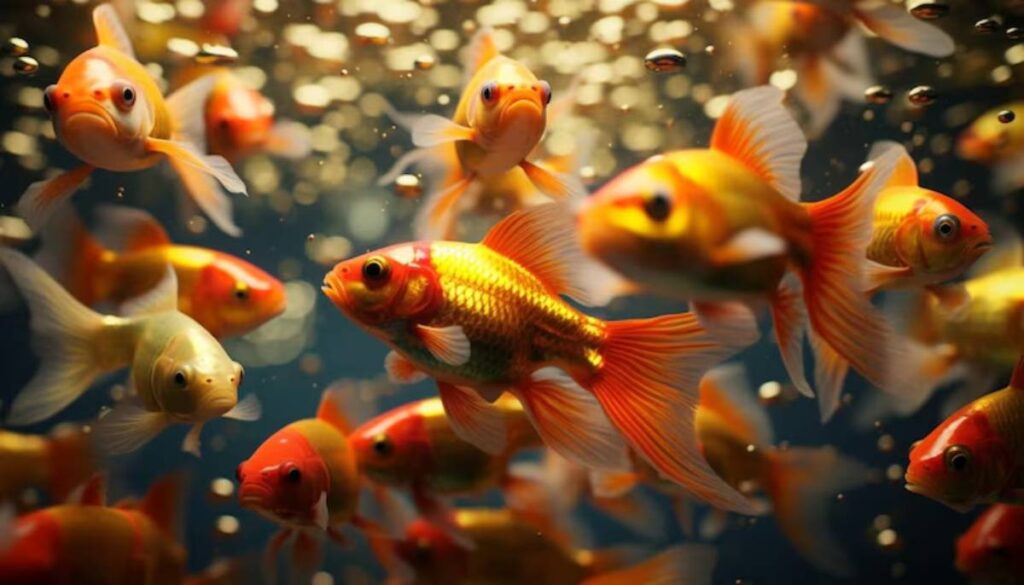
Community Tank Basics: Fish That Live Well Together
Setting up your first community tank can feel like you’re hosting a dinner party with guests who don’t speak the same language — and some might try to eat each other! But don’t worry. With the right guidance and a little planning, you can create a vibrant underwater ecosystem where peaceful aquarium fish coexist in harmony.
In this guide, you’ll learn how to build a thriving community tank, choose compatible fish species, and avoid common mistakes that lead to fishy feuds. Whether you’re new to aquatics or upgrading from a solo Betta, this article will walk you through the essentials for a peaceful, beginner-friendly tank setup.
Why Choose a Community Tank?
A community tank brings together multiple fish species that live peacefully with one another. It’s a visually engaging, dynamic environment that’s ideal for aquarists who want variety without constant conflict.
Here’s why a community setup is a popular choice:
- Diverse Colour and Behaviour: Different species bring different personalities and hues to your tank.
- Efficient Use of Space: Many peaceful species occupy different water levels (top, mid, bottom).
- Low Stress for Beginners: Once established, community tanks require less behavioural intervention.
But success isn’t just about tossing in pretty fish. It starts with planning and ends in balance.
Key Principles of a Successful Community Tank
Before diving into your fish wishlist, you need to understand what makes a peaceful tank actually peaceful.
1. Size Matters
Overcrowding is the fastest way to create stress and aggression. Start with a tank that’s at least 75 litres (20 gallons). Larger is better, especially if you’re mixing species.
- More space = fewer territorial disputes
- Easier to maintain water quality
2. Stick to Peaceful Personalities
Choose a species known for calm behaviour. Even a single aggressive fish can disrupt the balance.
Avoid known bullies or fin-nippers. Here’s a great companion piece on Avoid These Fish as a Beginner Aquarist.
3. Know the Layers
Fish inhabit different “levels” of the tank:
- Top-dwellers (e.g. hatchetfish, guppies)
- Mid-level swimmers (e.g. tetras, rasboras)
- Bottom feeders (e.g. corydoras, kuhli loaches)
Selecting species from various layers ensures minimal competition for space.
4. Keep Water Conditions Consistent
Make sure all your fish prefer the same water parameters:
- Temperature: Usually 22–26°C (72–79°F)
- pH: 6.5–7.5 for most peaceful tropical species
- Hardness: Varies, but aim for stability
Regularly monitor with test kits — here’s how to Test Aquarium Water Correctly and avoid surprise spikes.
Best Peaceful Aquarium Fish for Community Tanks
Now to the fun part — choosing your aquatic residents. These fish are widely loved by beginners and experts alike for their gentle nature and easy compatibility.
1. Neon Tetras
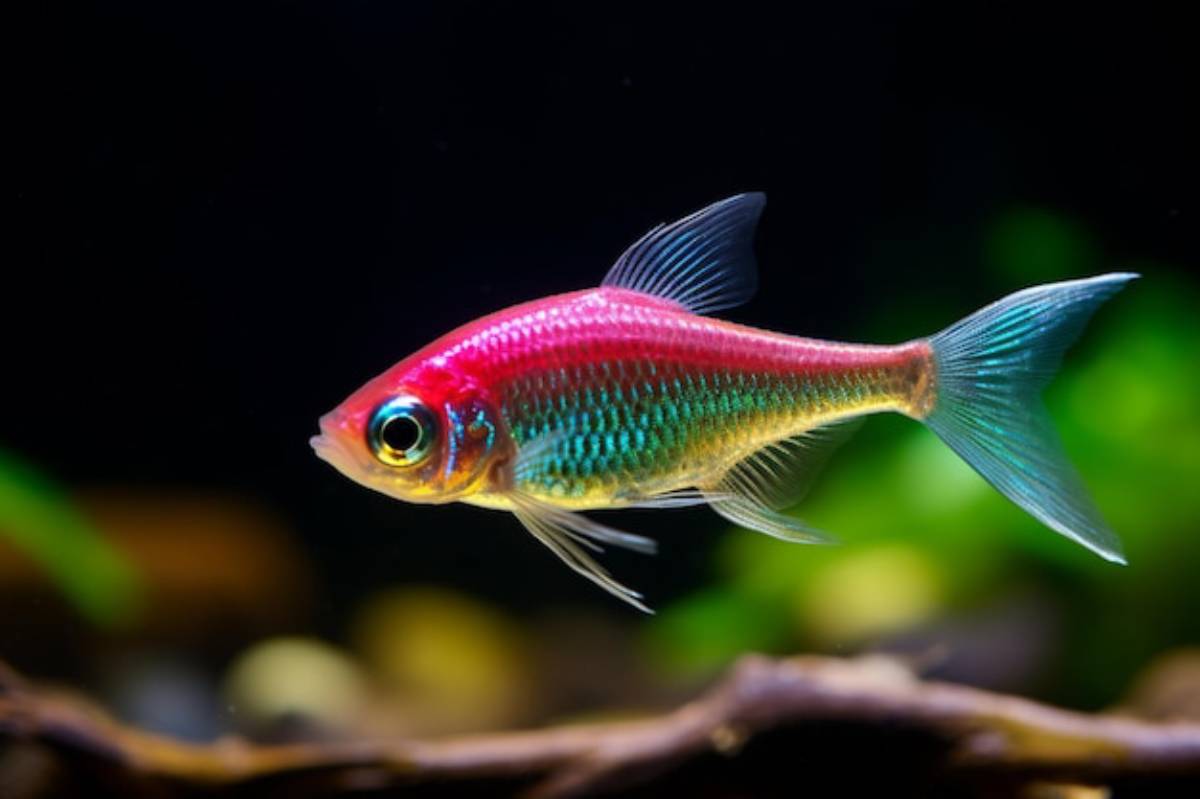
- Size: 2.5–3 cm
- Tank Layer: Middle
- Behaviour: Schooling, peaceful
- Group Size: 6 or more
Neon tetras are tiny, glowing marvels. They feel safest in groups and add constant movement and colour.
2. Guppies
- Size: 4–6 cm
- Tank Layer: Top
- Behaviour: Active, friendly
- Group Size: 3+ males or 1M:2F if mixed
Guppies are hardy and sociable. Their flowing tails come in many colours, and they’re one of the easiest species to care.
3. Corydoras Catfish
- Size: 5–7 cm
- Tank Layer: Bottom
- Behaviour: Playful, shy
- Group Size: 4–6
Corys help keep the substrate clean and love digging about. They’re non-aggressive and thrive in peaceful setups.
4. Harlequin Rasboras
- Size: 4–5 cm
- Tank Layer: Middle
- Behaviour: Calm, shoaling
- Group Size: 6 or more
These copper-toned beauties are active yet gentle, rarely bothering tankmates.
5. Platies
- Size: 5–7 cm
- Tank Layer: Top to middle
- Behaviour: Peaceful, curious
- Group Size: 3+
Platies are colourful, sturdy, and adaptable to varied tank conditions. They’re ideal for first-time aquarists.
6. Otocinclus Catfish (Otos)
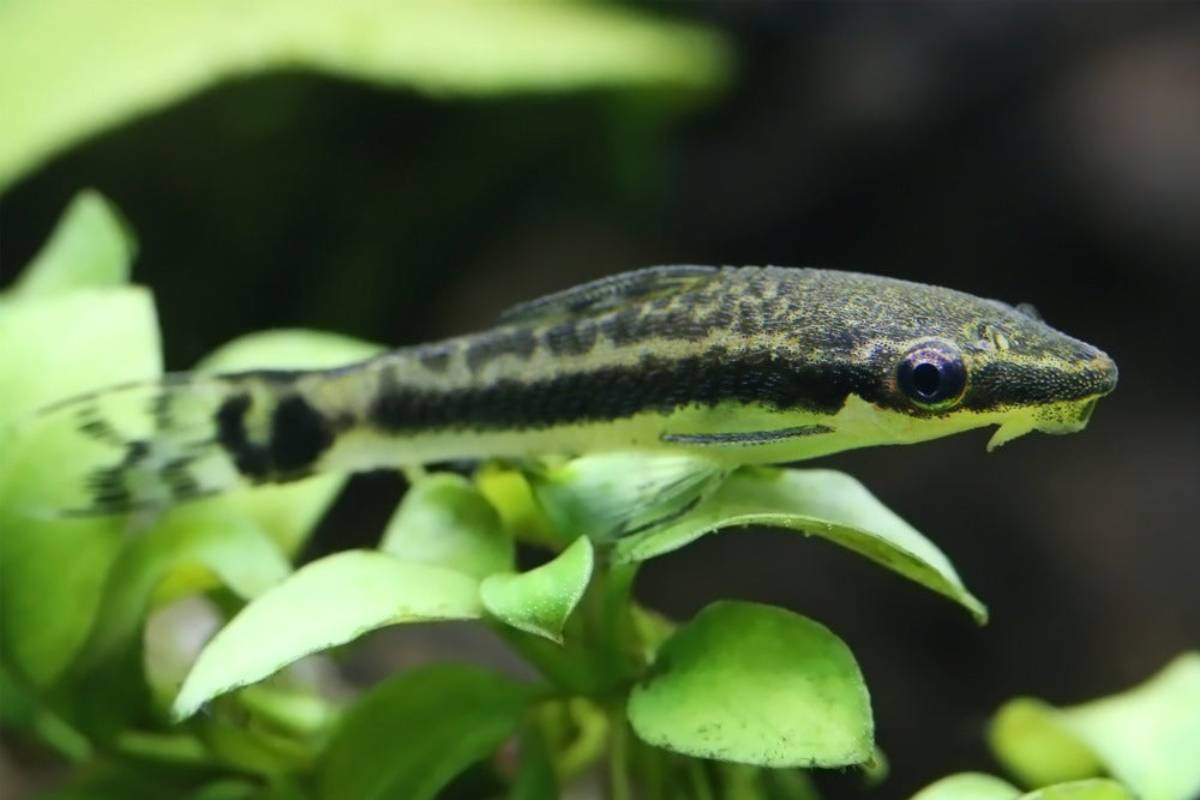
- Size: 4–5 cm
- Tank Layer: Bottom
- Behaviour: Algae-eaters, shy
- Group Size: 4–6
These little workers love to clean algae off plants and glass, keeping your tank sparkling.
Fish to Avoid in a Community Tank
Even if they’re labelled “peaceful,” some fish are poor community candidates, especially for beginners.
- Betta males: Often too aggressive, especially with similar-looking fish.
- Tiger barbs: Can be notorious fin-nippers.
- Cichlids: Most are territorial and better suited to species-only tanks.
When in doubt, ask your local aquarist or verify multiple sources.
Tips for a Balanced Community Tank Setup
Provide Plenty of Hiding Spaces
Use rocks, plants, driftwood, and caves to break lines of sight and reduce stress. Fish like to retreat, especially during nap time or social tension.
Feed a Varied Diet
Different species have different preferences:
- Floating flakes for top-dwellers
- Sinking pellets for bottom feeders
- Blanched vegetables for algae eaters
A varied diet ensures no one goes hungry — or gets too bossy at mealtime.
Introduce Fish Slowly
Don’t add all your fish at once. Start with a hardy school, then slowly add compatible species every 1–2 weeks. This helps your tank adjust biologically and behaviourally.
Monitor for Bullying
Watch for:
- Nipped fins
- Chased fish hiding constantly
- Uneven feeding
If issues arise, you may need to separate the offender or rehome them if needed.
Common Beginner Mistakes to Avoid
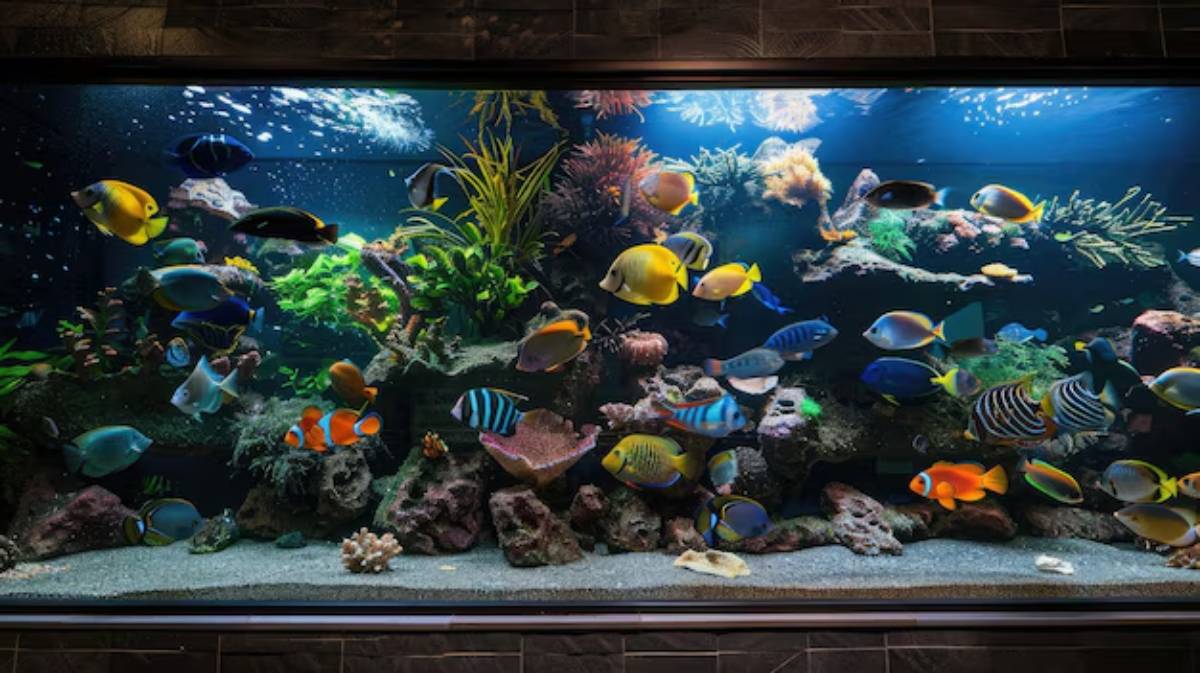
- Mixing fish from different climates (e.g. tropical with coldwater)
- Underestimating tank size needs
- Adding too many species at once
- Ignoring quarantine protocols for new fish
- Skipping water testing routines
By starting simple and scaling with knowledge, you’ll prevent the classic “it was fine until…” scenarios.
Conclusion: Harmony Begins with Smart Choices
A community tank is more than a decorative centrepiece — it’s a thriving ecosystem that mirrors nature’s balance. By selecting peaceful aquarium fish, matching water parameters, and providing enough space, you’ll create a setup where each fish can thrive.
Not only is it deeply rewarding to watch your fish interact and flourish, but it also builds your skills as a responsible aquarist. Whether it’s watching guppies dance near the surface or catfish sift through gravel, the moments of underwater peace are always worth the preparation.
Ready to build your first community tank? Start with a few calm companions, keep your water tested, and let your tank tell its own story. Drop us a comment below with your fish pairing questions, or share your community tank wins. We’d love to hear from you!




